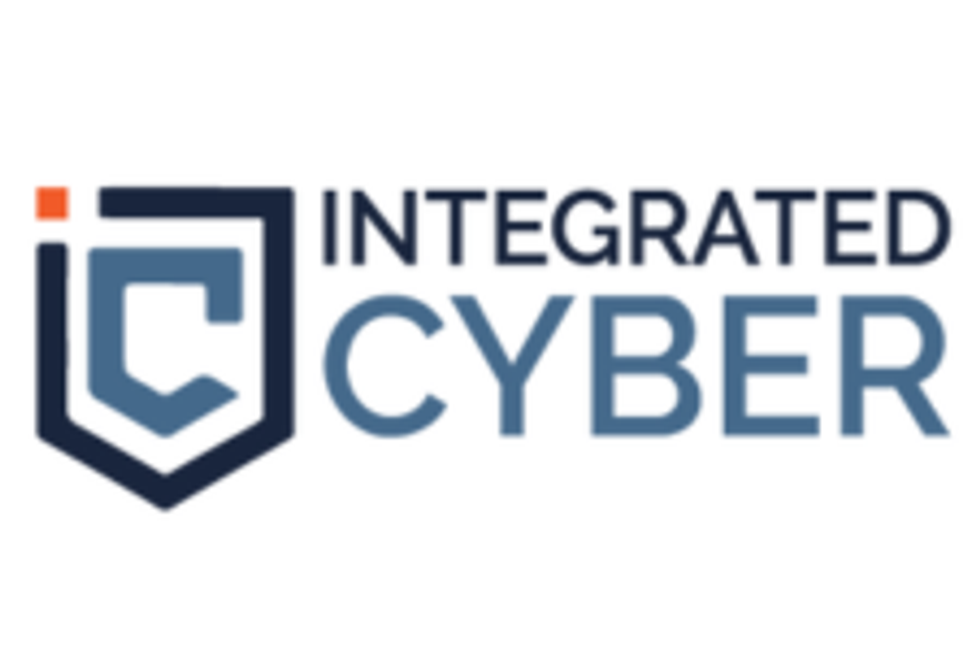2014 Top News Stories in Cyber Security Investing

2014 was a booming year for cyber security investing, with stock prices growing in reflection of the increasingly visible need for cyber security systems to ward against cyber threats.
2014 was a booming year for cyber security investing, with stock prices growing in reflection of the increasingly visible need for cyber security systems to ward against cyber threats.
The past year can be characterized by a relentless cycle of cyber attacks, particularly those targeted towards major corporations. Together, these attacks prompted increased growth in this new, and increasingly necessary industry.
Corporate vulnerabilities to cyber attack
Kevin Jones, senior IT security architect for Thycotic, perhaps sums up 2014 the best when he states that “while 2013 was a bad year for IT security, there’s no disputing that 2014 was the worst. Whether it was insider threats, anonymous or nation-state hackers, 2014 was a bad year for anyone whose job is to protect sensitive data from unsanctioned access.”
Following the trend started by Target in 2013, Home Depot, Dairy Queen, and Goodwill were among the companies to experience a significant data breach in 2014. Like the Target hacking scandal, these breaches can be attributed to weaknesses in point of sale devices, which don’t conventionally have built-in security measures.
The Sony Pictures Entertainment hack dominated headlines at the close of 2014, as private information (including company e-mails, executive salary information and personal employee information) were made public. Although attributed to North Korea, acting in protest of Seth Rogen and James Franco’s film The Interview, there are doubts about the nation’s culpability. Politico reports that laid-off Sony staff may have been to blame for the attack, illustrating another of the year’s main cyber security threats: insider threats.
In September 2014, the Department of Homeland Security released a Public Service Announcement outlining the increase in insider threat cases, and their danger to business and proprietary information. No longer are cyber attacks an outside threat. Today, whether intentionally or maliciously, current and past employees pose a significant cyber security risk to major organizations.
New opportunities for cyber security investing
All of these cyber threats caused an increase in cyber security investing. The market was on fire in 2014, with brand new investment opportunities attracting investors to the cyber security market. FireEye (NSADAQ:FEYE), the machine-based platform which offers real-time threat protection for companies and governments, exemplifies this booming interest in cyber security investing. The company, which maintains Target and the CIA as its clients, went public in September 2013, when shares jumped 80% on the first day of trading. However, the company really made news in 2014 with headlines speculating on this stock’s roller coaster highs and lows.
FireEye began trading at $20 per share in late 2013, and by March 2014 stocks had surpassed $97 per share. Wall street analysts have been enthusiastic about the company, with Wells Fargo describing it as “a once-in-a-decade opportunity to invest in a truly disruptive technology.”
Barclays analyst Saket Kalia reported that “the number of cyberattacks jumped 48% in 2014, which should support continued spending growth in security.” Nonetheless, concerns about the cyber security market being overvalued led to a decline in investor trust, and FireEye stocks fell dramatically after March. At the beginning of May, stocks were trading at $28, a 72% decline from its peak two months prior. FireEye stock has gradually recovered, and as of June 2015 it was up 53% year to date.
For individuals looking to become involved with cyber security investing, but seeking to avoid the dramatic rises and falls of individual start-up companies in this young industry, the PureFunds ISE Cyber Security Exchange Traded Fund may be a viable option. The portfolio, which began trading in November 2014, holds 30 hardware and software companies based in the ISE Cyber Security Index. In effect, it allows individual to invest in the general trajectory of this growing market. With 22% growth since the past year, and more than $1 billion in assets as of June 2015, this fund is sure to continue hitting headlines well into 2015.
Securities Disclosure: I, Morag McGreevey, hold no direct investment interest in any company mentioned in this article.



